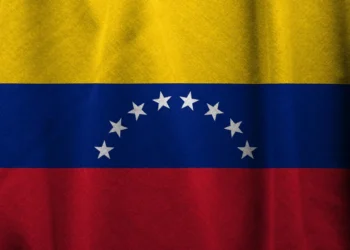In yet another tragic twist for warring Sudan, surging waters have shattered the Arbaat Dam, destroying at least five villages and claiming an untold number of lives. This calamity, which unfolded just 40 kilometers north of Port Sudan on Sunday, has wreaked havoc in a region already battered by civil war. Torrential rains have turned the area into a wasteland, erasing entire communities from the map and leaving the country’s infrastructure in ruins.
“The area is unrecognizable. The electricity and water pipes are destroyed,” lamented Omar Eissa Haroun, head of the water authority for Red Sea state, in a WhatsApp message to staff. Haroun’s grim account included the sight of dead gold miners and their mangled equipment, reminiscent of last year’s disaster in Derna, Libya, where floods annihilated the city and killed thousands.

On the road to Arbaat, reporter witnessed the sad reality as residents buried a man, using driftwood to cover his grave to prevent it from being washed away by the relentless mudslides. The Arbaat Dam, once the lifeline for Port Sudan, is now a symbol of the country’s crumbling infrastructure, a victim of negligence and political turmoil.
Port Sudan, home to the nation’s primary Red Sea port and a crucial hub for international aid deliveries, now faces an imminent water crisis. “The city is threatened with thirst in the coming days,” the Sudanese Environmentalists Association warned, highlighting the urgent need for immediate intervention.
But this is hardly a surprise. Sudan’s infrastructure was already on life support before the civil war erupted between the Sudanese army and the paramilitary Rapid Support Forces (RSF) in April 2023. Instead of addressing the country’s decaying roads, bridges, and dams, both factions have squandered resources on their power struggle, leaving the nation’s essential services to crumble.
As the rain continued to batter the region, the government’s rainy season task force reported a staggering rise in flood-related deaths, now totaling 132, up from 68 just two weeks ago. According to United Nations agencies, this year’s floods have displaced at least 118,000 people, forcing many from their homes to seek refuge in the mountains.
Sudan’s descent into chaos began when a power-sharing arrangement between the army and the RSF, initially formed after a coup, collapsed into open warfare. Now, as the international community pushes for a transition to civilian rule, both factions cling desperately to their power and economic interests, ignoring the cries of a population that is literally drowning in their neglect.
Efforts for a ceasefire, led by Saudi Arabia and the United States in Jeddah, have done little to stop the fighting. As it stands, half of Sudan’s 50 million people are struggling without enough food, trapped in a vicious cycle of violence, poverty, and now, a natural disaster that could have been prevented.

















